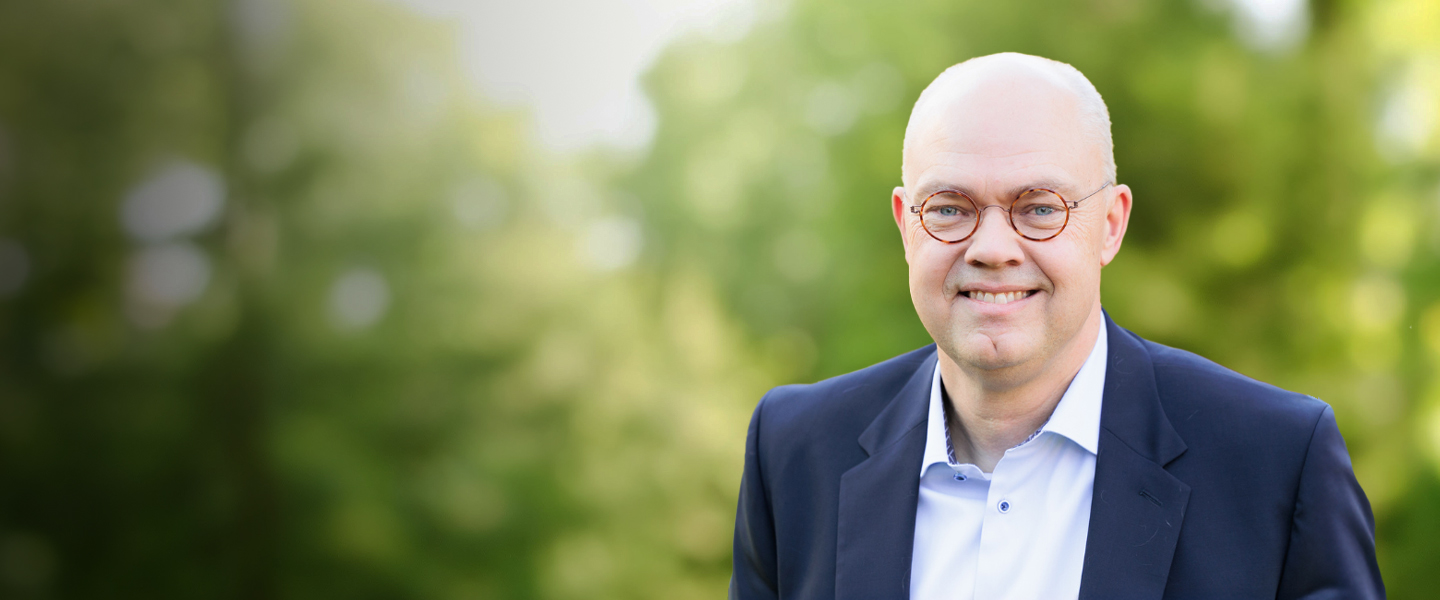How cohesive giving inspires greater impact and stronger families
Philanthropy has received some bad press in its time.
Many philanthropists have been cruelly judged for the focus, or amount, of their giving. Also, rightly or wrongly, the sincerity of their contributions has come into question.
Recent examples span from the response to the opioids crisis to the more recent Notre Dame fire.
The major risk is that sometimes giving, for all its inherent goodness, can be judged by the public as a way for philanthropists and their families to “clean” their reputations (and also those of their businesses) of the smear of any wrongdoing, rather than proactively doing good.
However, contrary to popular belief, family businesses do not lag behind when it comes to developing and implementing credible, cohesive giving strategies. And that holds true despite the fact that many of them remain privately held.
As modern societal and environmental challenges have been accelerated by the COVID-19 crisis, family businesses worldwide have been reminded of the timeless truth that a company can only prosper and thrive if the community in which it resides is taken good care of.
Through our work with enterprising families, we have observed that a new trend of cohesive giving is on the rise: the act of tying one’s business activities, CSR, philanthropic activities, sustainability practices and impact investing together by co-creating a coherent and joined-up giving strategy.
A clear vision and purpose are at its heart.
Many enterprising families seek increasingly to comply with external demands for transparency about their collective impact.
Notably, these demands no longer come just from the more socially or environmentally “conscious” family members (in the case of privately held family businesses) or investors (in the case of publicly listed family businesses). They also come from a variety of stakeholders: employees, customers, suppliers, competitors and rating agencies.
Philanthropic families articulate clear ambitions to activate or reactivate their power to effect the changes they want to see in today’s world.
Therefore, they take a proactive stance in reviewing and aligning their family’s impact throughout their networks and multiple channels like businesses, corporate foundations, family foundations and family offices.
Family philanthropists’ ambitions for giving are determined by the kind of “return on investment” they are looking for.
Some may expect no return beyond the positive effect that their donation, and its mobilization of resources, brings on the ground.
However, a more innovative approach to giving introduces an investor-driven mindset that could well appeal to many enterprising families.
How does it work in practice? Here’s a great example
The Ahlström family business dates back to 1851, with interests ranging from fiber-based materials to industrial technology.
Companies in the Ahlström Network (Ahlström Capital, Ahlstrom Munksjö, Antti Ahlström Perilliset, Destia, Detection Technology, Enics, Glaston and Suominen) together employ some 15,500 people in 29 countries.
Their most recent family-giving initiative — the Eva Ahlström Foundation — was founded in 2010 by a group of female heirs and works with UNICEF to support children and families in Finland and around the world.
Maria Ahlström-Bondestam, Co-founder and Chair of the Board of the Eva Ahlström Foundation, was reported saying that the Ahlström family believes in the power of collaboration. She also stressed that the family feel a strong responsibility to act, and recognized they had the collective power to affect positive change.
This is how Ahlström Collective Impact (ACI) has come to life in August 2020. All partners in ACI have committed to a long-term partnership with UNICEF Finland. ACI is managed and coordinated by a steering committee, consisting of one member per company/organization and UNICEF.
The ambition is to draw upon the strengths of the entire Ahlström network to create synergies and have a bigger collective voice.
As such, it acts as a role model for other enterprising families and companies, and gives board members, executives and employees more chance of contributing to the collective impact.
What comes next?
The major challenge that both multi-generational and big family businesses encounter at some point is the threat of becoming faceless.
Many stakeholders tend to not know who represents the business and what its shareholders stand for. Building collective impact may help families, shareholders and business leaders demonstrate their values through their actions, and become more transparent with external stakeholders.
In the end, most family members want to create a strong and positive family identity that younger generations of the family can relate to and be proud of and that they, in turn, will want to uphold, as they continue the family business.
If you or your family are interested in making your giving more cohesive within your family enterprise system, here are some initial ideas on what to do, taken from our new book, Family Philanthropy Navigator, co-authored with Etienne Eichenberger, Managing Partner of WISE philanthropy advisors:
Assess what resources you can give
- Review what existing governance mechanisms (family or business) you can leverage in your giving
- Define the impact that you aim to achieve
To learn more on how to achieve a cohesive approach to giving, you may want to read the “Organization” chapter of the Family Philanthropy Navigator. The book, which was published on 1 December 2020 and is available on Amazon, offers an easy-to-use, step-by-step inspirational guide for new and existing philanthropic families to initiate or enhance their journey in giving.
Research Information & Knowledge Hub for additional information on IMD publications
The B case outlines how, by early 2025, Isabella Phoenix's initial vision for HP's Amplify Impact sustainability program had grown into a global initiative involving 4,800 partners in 48 countries. The program surpassed its goals, enrolling 59 of ...
The A case in this two-part series outlines the challenges Isabella Phoenix faced in designing a global sustainability program for HP's vast network of channel partners in just 12 weeks with only one team member and limited resources. The initiati...
Last week, a notification flashed. “Add your email address for extra security,” my phone chirped. It was from WhatsApp. I stared at the screen, a single question forming in my mind: Security? Or surveillance? I tapped “No.” The feeling wasn’t ange...
Research Information & Knowledge Hub for additional information on IMD publications
in I by IMD
Research Information & Knowledge Hub for additional information on IMD publications
Research Information & Knowledge Hub for additional information on IMD publications
Case reference: IMD-2681 ©2025
Research Information & Knowledge Hub for additional information on IMD publications
Research Information & Knowledge Hub for additional information on IMD publications
in I by IMD
Research Information & Knowledge Hub for additional information on IMD publications
Research Information & Knowledge Hub for additional information on IMD publications
Research Information & Knowledge Hub for additional information on IMD publications
Research Information & Knowledge Hub for additional information on IMD publications
in I by IMD
Research Information & Knowledge Hub for additional information on IMD publications








